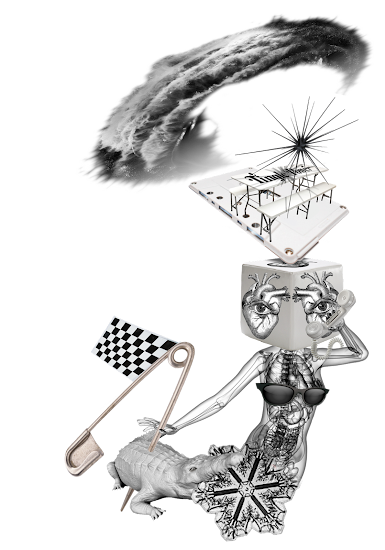Thinking about driving your smart car to Vermont (or moving to Vermont with a Smart Fortwo)?
- Premium gasoline is available everywhere. Ethanol-free premium is more prevalent than in many other states, with the number of stations selling ethanol free in the state coincidentally similar to the number of covered bridges in the state. (Pure-Gas.org/Vermont) (Vermont Covered Bridge Club)
- For driving on plowed roads, in snow and ice, switch between winter snow tires (non-studded) and all-season tires, mid-November and mid-May. Snow tires can be ordered/installed at several major retail tire shops. (Vermont Tire and Service)
- Due to smart's low undercarriage clearance, it is recommended not driving when snow falls, or is expected to fall, faster than ½ inch (1.25cm) an hour for more than five consecutive hours.
- After major blizzards subside (Vermont averages 4 or 5 significant snow storms a year) all business parking lots are professionally plowed within hours. And, the Vermont Agency of Transportation is exceptionally proficient at plowing all major and most minor roadways inside of 12 hours (the only roads not plowed, or plowed last, are dirt and gravel, Class 4 roads). (VTrans Winter Weather Central)
- Significant potholes, irregular pavement, and semi-repaired asphalt is the rule in almost every city and on portions of almost every secondary road or two-lane highway. Interstate highways and many "high-traffic secondary roads" have recently been/are currently being/will soon be repaved. Drive your stiff-suspension-smart with care.
- Parking is rarely free. Even in small non-tourist towns meters are prevalent and their hours are extensive. In winter months, parking bans can prohibit parking on select or all city streets. In large cities and select towns parking in residential neighborhoods can require a resident parking pass. (Burlington Parking App)
- Because of tourism, Vermont charging stations are becoming more prevalent. (Public Charging Map - Vermont)
- Vermont drivers over-adhere to one never-enforced-unless-in-an-accident "law": left lane is for passing; right lane is for travel.
- As in almost every state, when traveling on four-lane highways, motorists are required to indicate their intent to change lanes with their turning signal.
- Following too closely or "crowding" is as prohibited in Vermont as it is in the "down states," however, it is never enforced and never obeyed.
- Routinely, Vermonters will indicate their intent to pass with their turn signal, pass in the correct manner, and then—as soon as their rear bumper passes your front bumper—immediately cut in front of your car. All Vermonters are incapable of gradually merging back across the center line and over into the right lane of travel after they are a few hundred safe feet ahead of your car (in a slow manner).
- The most extreme example witnessed: Driving the speed limit on an empty four-lane highway at night (no other headlights in sight); a car with Vermont plates caught up (they were going about 15 mph over the speed limit), tailgated for a few miles, so-close their headlights were hidden (less than 20 feet away) then they indicated with their signal, passed, and cut so close in front that their bumper was not visible (less than 6 feet). [If it weren't so prevalent, I would have thought the driver was acting with malice and I would have called 911.]
- At least 25% of Vermont drivers seem to be unaware they are dangerous drivers.
- When "turning-in" after passing (which is the crux of the issue: learn to merge and stop veering) many Vermonters will over-correct, cross the right white line with their tires and/or hit the rumble strip and throw up dust and sand.









































No comments:
Post a Comment